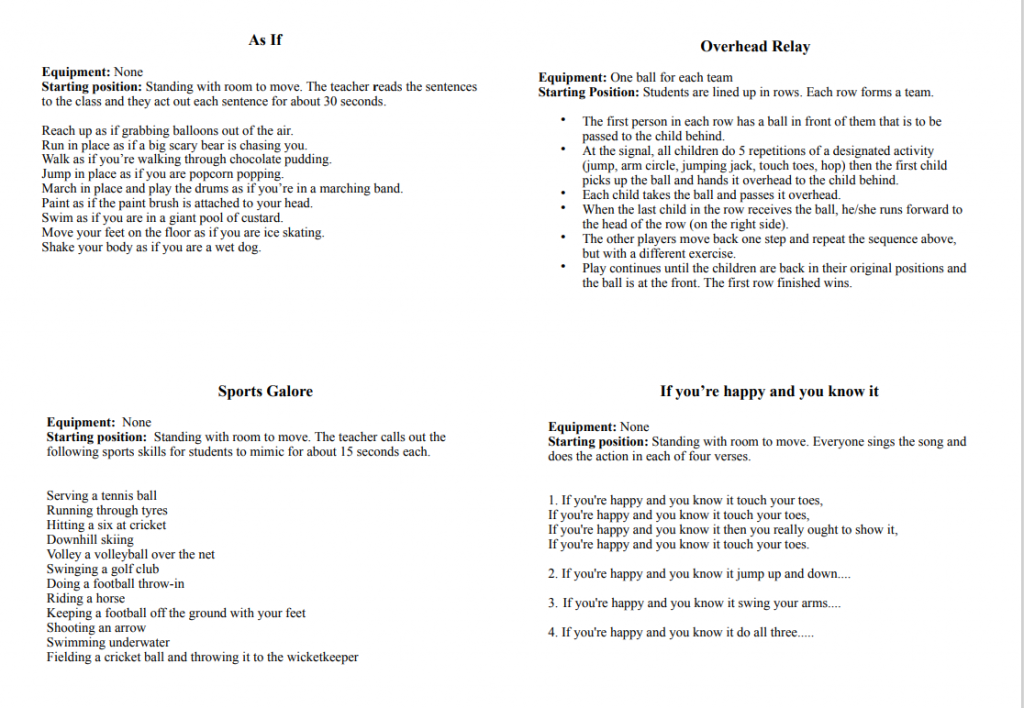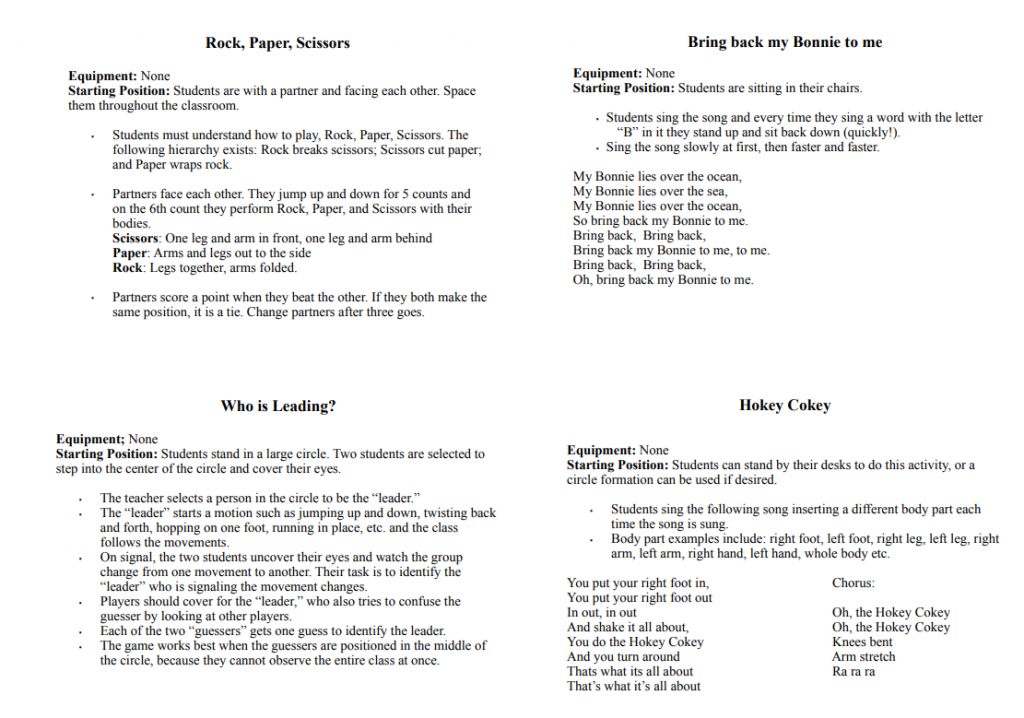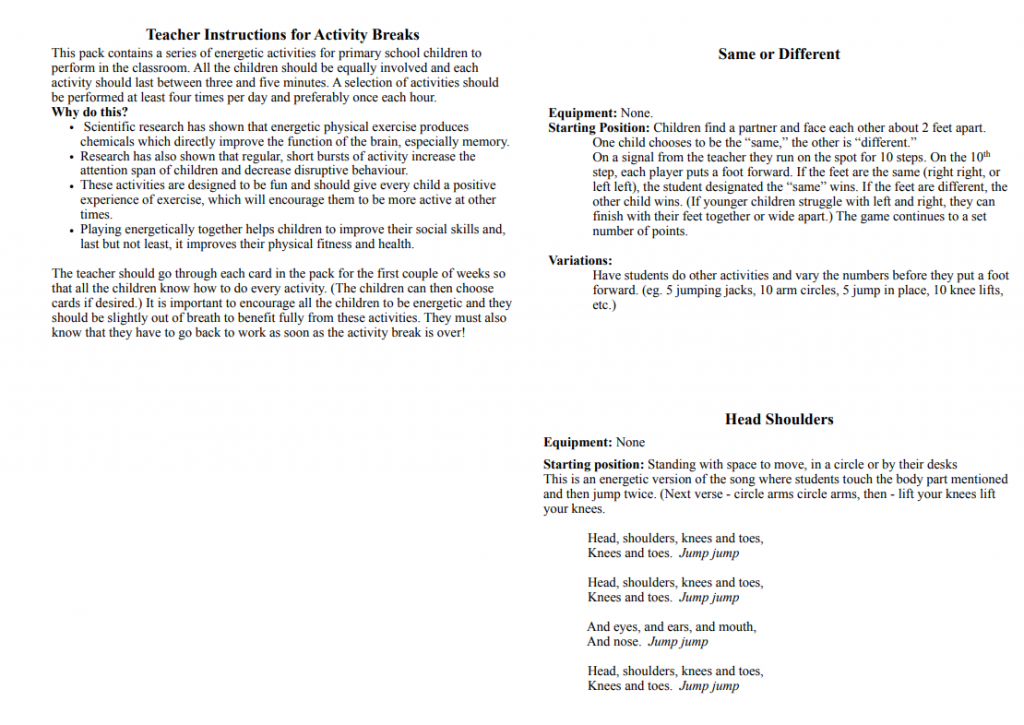Many organisations will tell us that they regard ‘children’s safety as paramount’. This sounds appropriate but we need to ask ‘from which harm are you trying to protect them’? The answer is not as straightforward as many of them think. The following is an excerpt from Stop Feeding Us Lies in the chapter entitled Playtime Makes Us Better People
“Professor Tanya Byron is a clinical psychologist and author of several books on children’s mental health. She believes that children are being “raised in captivity” because of the “insane” levels of risk aversion. Back in 2009 she said, “Very rarely are children seen on the streets, playing outside, taking themselves to school because we live in such a risk averse and paranoid culture around child safety.” She wrote a report for the Government on children’s use of websites and video games. In it, she warned that far too many children were kept indoors because of parental fears about safety, but were then allowed free access to the internet where they were exposed to cyber-bullying and sexual predators.
In his book, No Fear: Growing up in a risk averse society, Tim Hill argues that childhood is “being undermined by the growth of risk aversion and its intrusion into every aspect of children’s lives. This restricts children’s play, limits their freedom of movement, corrodes their relationships with adults and constrains their exploration of physical, social and virtual worlds”.
He discusses the Government’s contribution to this awful mess and cites The Safeguarding Vulnerable Groups Act 2006 as a major step towards more risk aversion (and therefore worse outcomes for children). The idea was to make sure that people who worked with children, or vulnerable adults, had no previous record of inappropriate behaviour. This sounds like a good idea, but as Tim Hill points out: ‘The Act places around nine million adults technically under suspicion of abuse: a third of the adult working population.’ The Act, for the first time, extends mandatory vetting to include over two million volunteers and workers involved in sport and leisure activities, and over 200,000 school governors.
Governments of every type are very keen on producing new laws, but they all seem to be incapable of grasping the Law of Unintended Consequences. The Safeguarding Vulnerable Groups Act was supposed to keep children safe from people who want to do them harm. What it has actually done is to assume that millions of adults, who volunteer to help with a huge range of children’s activities, are potentially unsuitable or even dangerous, unless they can prove otherwise by paying about £60 for a Disclosure and Barring Service check (DBS, formerly known as CRB.) It has created an atmosphere of fear and mistrust between children and adults. As a result, large numbers of volunteers are giving up because of the insinuation, the cost and the danger that an innocent remark, or the slightest physical contact with a child, will result in an accusation of abuse, which will destroy not only their reputations but also their careers and perhaps even their lives. This law has greatly increased the aversion to risk in children’s lives, which is one of the main destroyers of free play. Tim Hill concludes: “Underpinning and connecting all these harmful tendencies is an assumption of children’s vulnerability (or in the case of antisocial behaviour, their villainy) combined with failure to prioritise ways of fostering their resilience and sense of responsibility.”
We have already looked at the evidence which illustrates that instinctive play is the best way to foster children’s resilience and responsibility, but as a society we seem to be doing our utmost to prevent the proper development of young people. Our paranoia about safety, and fear of risk, has become so widespread and intense that it has spawned a culture of blame and litigious victimhood. While I agree that people who have been damaged by someone else’s negligence should be able to seek compensation, I am horrified by the attitude that every accident must be someone’s fault. If you put the words ‘accident claim school’ into an internet search engine, you get pages of law firms specialising in accident compensation. My dictionary defines ‘accident’ as ‘an event that happens by chance without apparent or deliberate cause’. How can you sue someone for an accident? According to reports in the press, on average, education authorities in England settle two compensation claims of £7,500 each, every school day of the year.
A typical example of this occurred in 2013 and involved a six year old girl who fell over in the school playground after being bumped by another child who was playing tag. The girl cut her head on a wooden planter, which had passed health and safety checks, and her mother sued for compensation via her solicitor. The City Council decided to settle out of court and the girl received £1,100. However, the council had to pay the mother’s legal costs of £13,000 as well as their own legal costs of £20,000. They decided to settle because they could not afford the legal costs if they had lost the case. The girl got £1,100 but the solicitors, between them, got £33,000. You and I paid out that money for a typical childhood accident. The judge involved in the case described it as “a complete waste of tax payers’ money”.
Compensation claims for childhood accidents cost the tax payer an enormous amount of money. As you can see from the example above, sometimes the lawyers get 30 times as much money as the girl who had the accident. Worse still, this culture of blame actively encourages the attitude that every mishap in life is someone else’s fault and thereby diminishes the importance of personal responsibility. I regard personal responsibility as the corner-stone of a successful society. This compensation culture denies children the opportunity to learn from their own mistakes. Lastly, and by far the worst, is the damage this attitude is doing to children’s play. Schools, education authorities and voluntary organisations are now terrified of being sued and their response is to cut back on every situation where children might fall over and graze their knees.
All of these health and safety initiatives begin with the best of intentions but they all snowball out of control. They so often make us neither healthy nor safe. The aversion to risk and the fear of litigation are making children far more sedentary and, indisputably, that makes them less healthy. Jaak Panksepp, Stuart Brown and other researchers have shown that children who are denied the opportunity for normal, instinctive, physically active play, grow up far more likely to be anti-social, violent and aggressive.”








